Honor 20 Pro vs OnePlus 7 Pro: Affordable flagship rivals
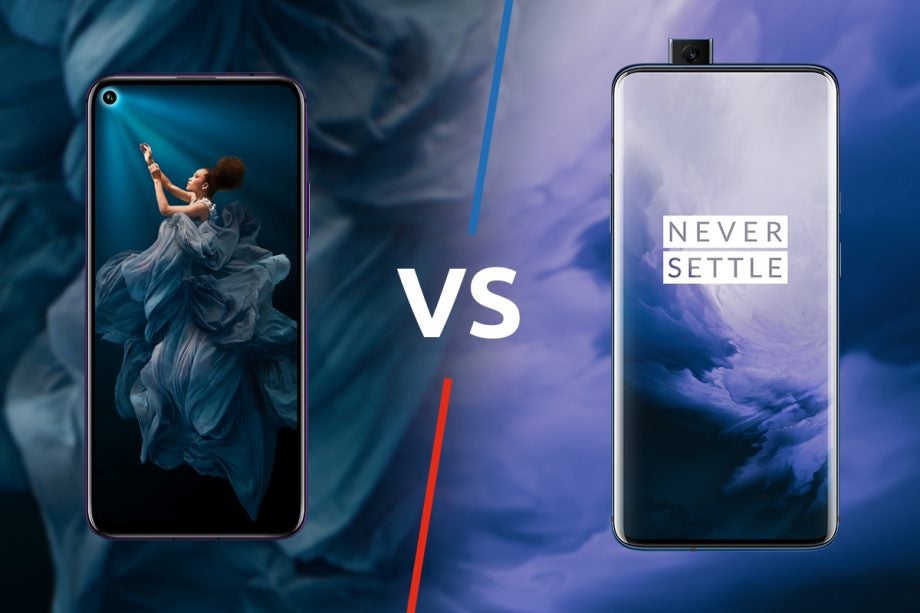
Following on from the recent reveal of the Honor 20 Lite, the Chinese phone maker has now completed the 20 Series lineup with the launch of the Honor 20 and Honor 20 Pro. We see how its best and brightest compares to another newcomer and ‘Pro’, in the form of the OnePlus 7 Pro.
As a company, Honor started by making affordable phones to fit an array of users, OnePlus meanwhile has always undercut its competitors but stayed (almost) exclusively within the flagship market. Does OnePlus’ more practised hand make for a better premium experience or will the might of Honor’s infrastructure and the price/capability balance of the 20 Pro win out?
- Related: OnePlus 7 Pro Review
- Related: Honor 20 Pro Review
Honor 20 Pro vs OnePlus 7 Pro: Many-eyed beasts
Nine cameras sounds like a lot for two phones – and it is, but that’s also the nature of the market right now; with manufacturers looking for new ways to help their devices stand out from the crowd – in this sense, adding more cameras is an easy win.
If you’re going on the sheer number of sensors, the Honor takes the lead. The 20 Pro’s main setup consists of a primary 48-megapixel sensor with OIS (optical image stabilisation) and an impressively wide f/1.4 aperture.
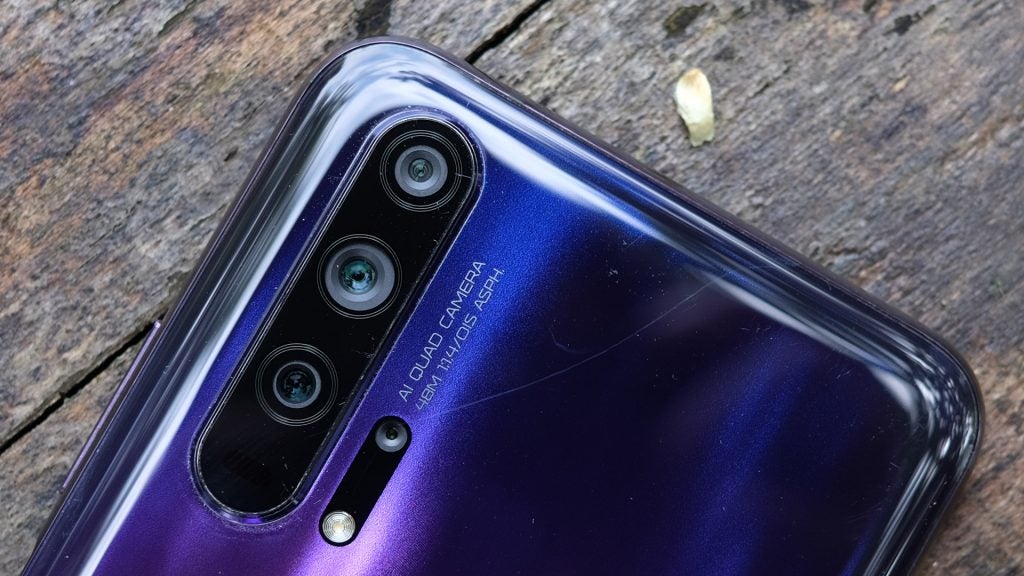
This main sensor is accompanied by a 16-megapixel ultra-wide angle lens, an 8-megapixel OIS-laden telephoto sensor built to provide 3x lossless optical (and 5x hybrid) zoom, while the whole setup is rounded out by a rather unusual 2-megapixel ‘super macro’ camera – designed for shots taken at approximately 4cm.
The rear of OnePlus 7 Pro isn’t that dissimilar, with the same Sony IMX586 48-megapixel sensor leading the charge (again with OIS), sporting a marginally narrower f/1.6 aperture. This too is accompanied by a 16-megapixel ultra-wide angle sensor and an 8-megapixel telephoto sensor (again with OIS and up to 3x lossless optical zoom); so, for the most part, these phones come fairly evenly-matched on the hardware side.
- Related: Best camera phones
The quality of the Honor 20 Pro’s super macro camera is underwhelming compared to the main snapper, rendering it near enough superfluous. However, despite hard work from OnePlus on the image processing side, the 7 Pro lags behind with regards to image quality and detail compared to the Honor – most notably in low light.
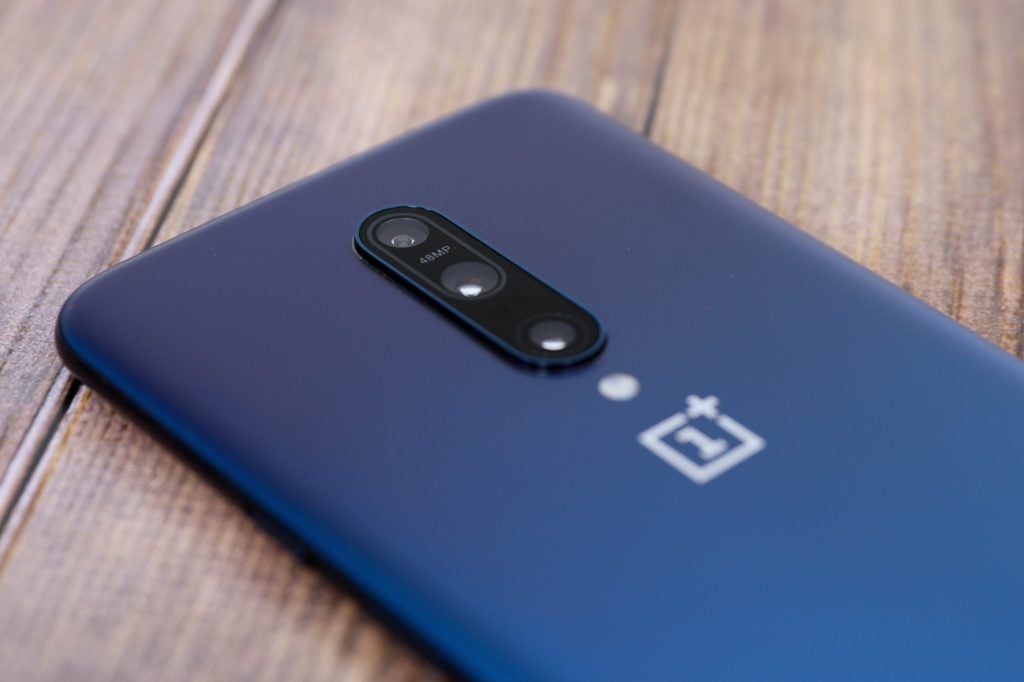
This is something that should be able to be improved via software updates, but as it stands, Honor’s multi-camera-laden 20 Pro is the better option here.
Both devices have also nixed the notch in different ways in order to accommodate near-borderless displays. The OnePlus has a more eye-catching motorised pop-up 16-megapixel snapper that’s undeniably novel but raises (no pun intended) greater concerns about reliability as a result of the additional moving parts it uses.
Honor has instead continued the trend set by the 20 Pro’s precursor, the View 20, with a hole-punch front-facer set into the phone’s display surface area, high in the left-hand corner. The 20 Pro also trumps the 7 Pro with sheer resolution, thanks to a 32-megapixels sensor, compared to 16-megapixels on the OnePlus.
Honor 20 Pro vs OnePlus 7 Pro: Bigger and smarter screens
The push towards bezel-free displays is fierce in 2019, with manufacturers finding all sorts of weird and wonderful methods of obliterating them, as well as any visible components (like the aforementioned front-facing cameras) that sit upon them.
Both Honor and OnePlus have had a real go of relieving their latest handsets of borders and both have succeeded to great effect. The Honor 20 Pro boasts an impressive 91.7 percent screen-to-body ratio – one of the best in the business, while the OnePlus 7 Pro’s display is set within fractionally thicker borders with a ratio of 88.6 percent.
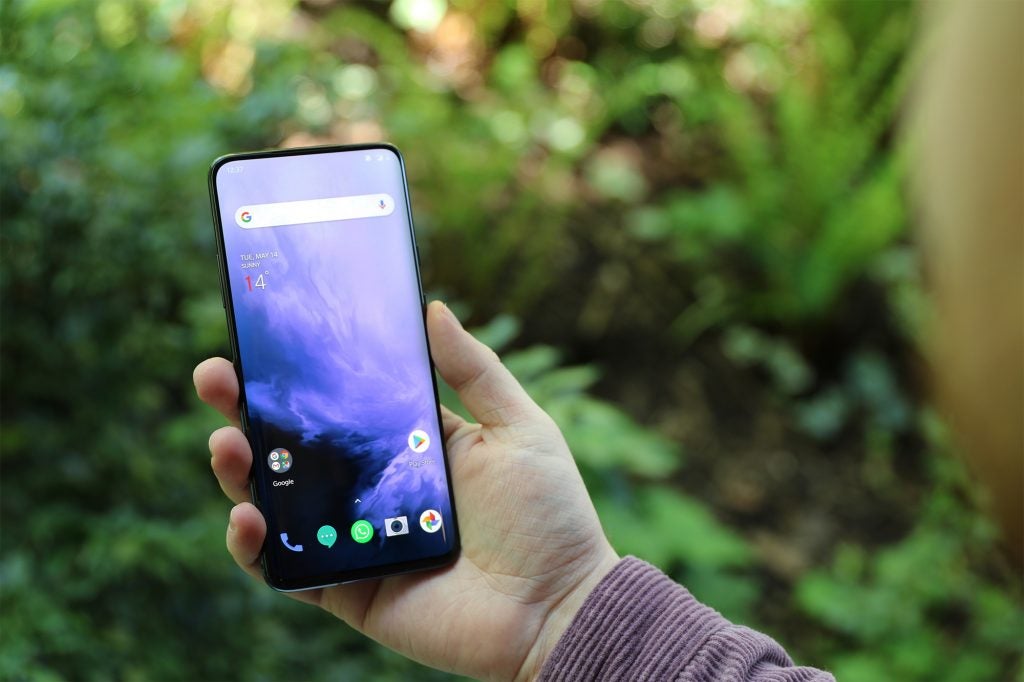
The OnePlus 7 Pro’s screen is a thing to behold
And yet, the 7 Pro’s display more seamlessly melts into its frame, providing a more immersive viewing experience, thanks to the panel’s curved edges.
It gets better, with the phone’s screen packing in Quad HD+ resolution, HDR10+ certification, OLED tech for greater colours and contrast, and a 90Hz refresh rate for beautifully smooth motion. The OnePlus 7 Pro’s display is nothing short of astounding, practically setting a new bar for the best screen on a smartphone. It’s a tough act to follow.
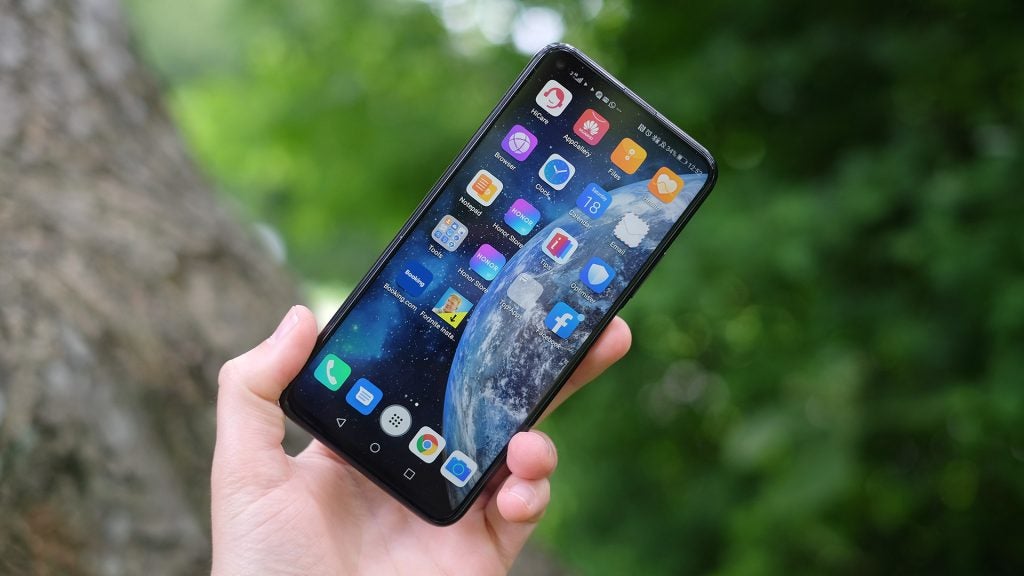
Things are markedly more pedestrian on the Honor 20 Pro, with a 6.26-inch panel (compared to a 6.67-inch screen on the OnePlus) that makes the device it’s attached to far easier to wield one-handed but overall will leave you uninspired.
It uses a perfectly pleasing Full HD+ 60Hz IPS LCD panel with rounded corners but lacks any of the advanced technologies OnePlus has put into play. The 7 Pro even features an enhanced optical in-display fingerprint sensor, while the 20 Pro reverts to a more conventional side-mounted capacitive effort, set into the phone’s frame.
Honor 20 Pro vs OnePlus 7 Pro: Kirin or Qualcomm?
One of the best things about high-end Honor phones is that they can deliver flagship-class performance at a competitive price. The Honor 20 Pro is a great example of this, sporting the same Kirin 980 chipset as Huawei’s £900 P30 Pro flagship phone, but with a much more approachable price.
As such, the latest apps and games are a breeze to run, and with up to 8GB of RAM and 256GB of storage (depending on the market) in tow.
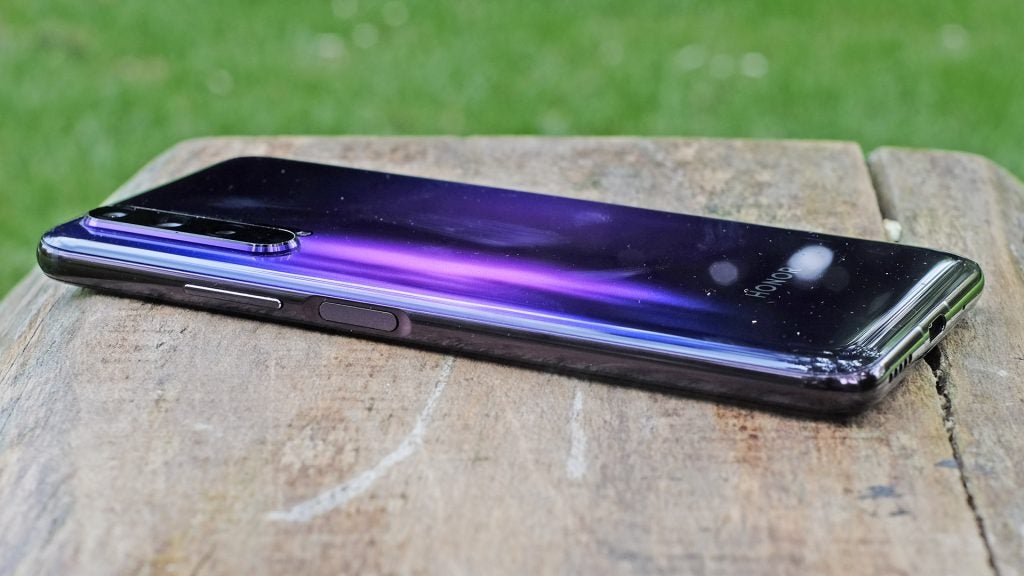
The story is much the same with the OnePlus 7 Pro, which boasts Qualcomm’s top-tier Snapdragon 855 paired to either 6GB, 8GB or a whopping 12GB of RAM if you’re willing to fork out for the extra memory
Benchmarks mark both processors as fairly balanced and the 20 Pro seems to offer less heavy-handed background process management compared to its predecessors, while the 7 Pro feels faultlessly fast and fluid from interface navigation, to gaming, to multitasking.
Both phones will also provide you with superb battery life thanks to an evenly-matched 4000mAh on each side. Expect a solid day from either phone without breaking a sweat and up to two days of use on a charge if you’re a little more considered with your usage habits.
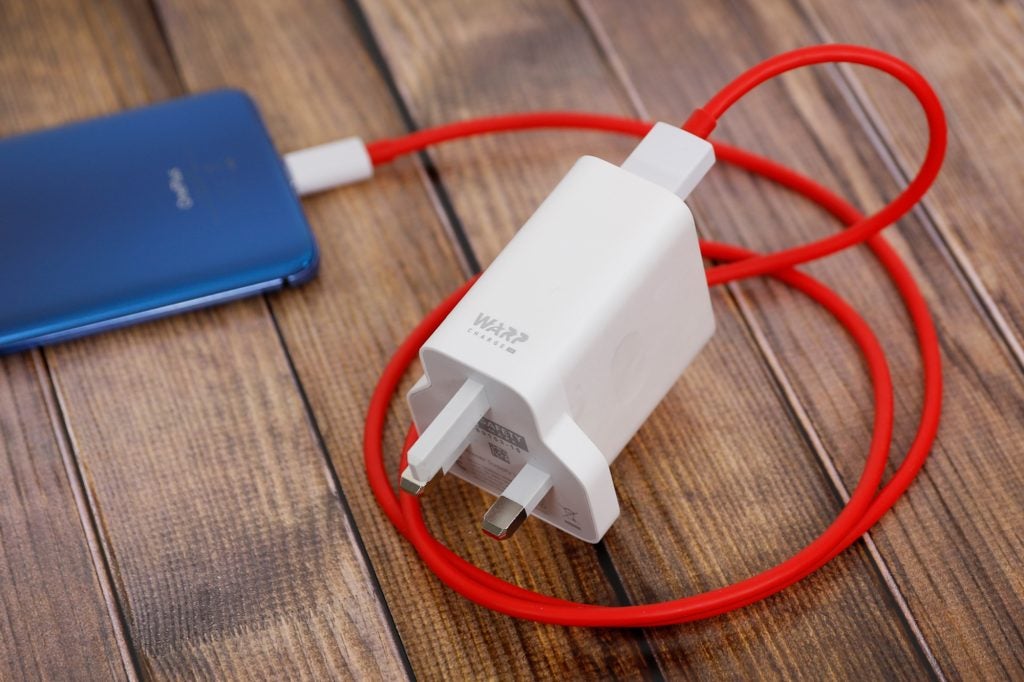
The one differentiator here is fast charging, with the Honor employing its own 22.5W Super Charge standard while OnePlus takes things up a gear by way of its speedier 30W Warp Charge technology, which will take you past 50 percent charge in under 30 minutes.
Honor 20 Pro vs OnePlus 7 Pro: Simplicity is key
The biggest point of contention with practically any major Chinese phone maker is that their software usually falls behind rivals from other markets.
Sadly, Honor might have rebranded Emotion UI to Magic UI (version 2.1 on the 20 Pro), but it still doesn’t cut the mustard. Themes, wallpapers and icons lack subtly with garish colours, while the user experience makes so odd choices that go against the grain. Things have unquestionably gotten better in recent years but there’s still work to do.
OnePlus’ OxygenOS user experience, meanwhile, will be far more palatable for most. It’s not only cleaner and closer to the stock Android 9.0 OS found on both phones, but it’s also snappier and features some smart adaptations (like the shelf and lock screen gesture shortcuts) that never feel overbearing.


